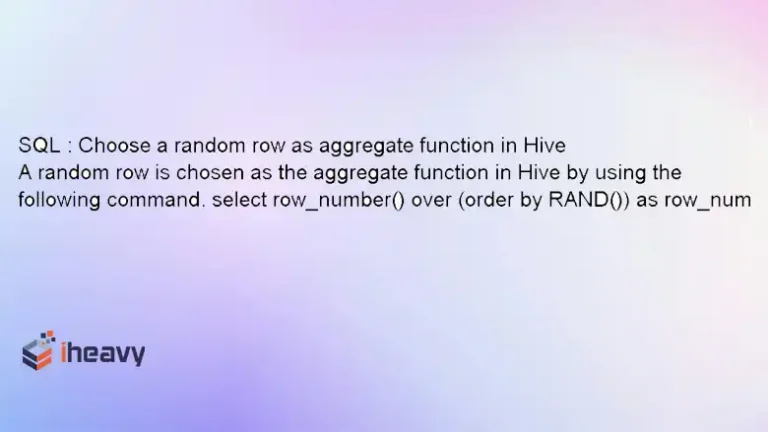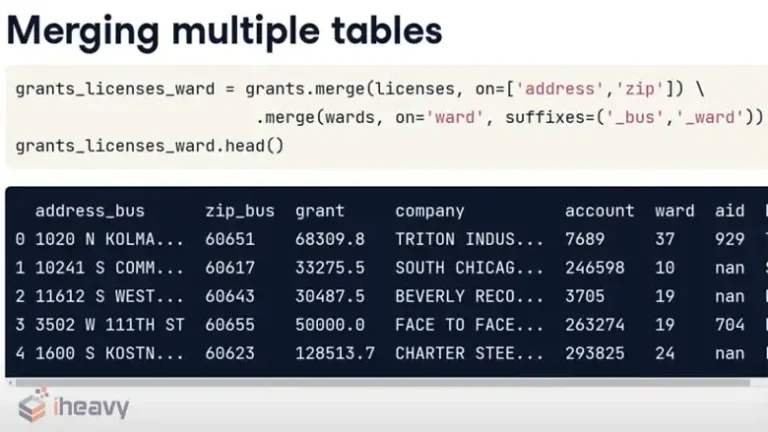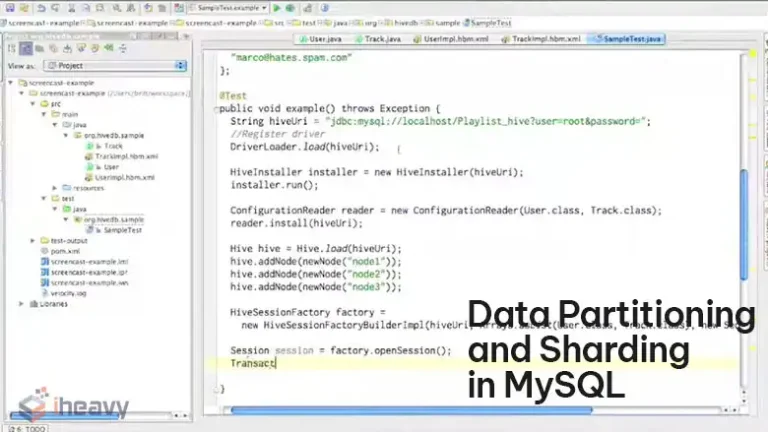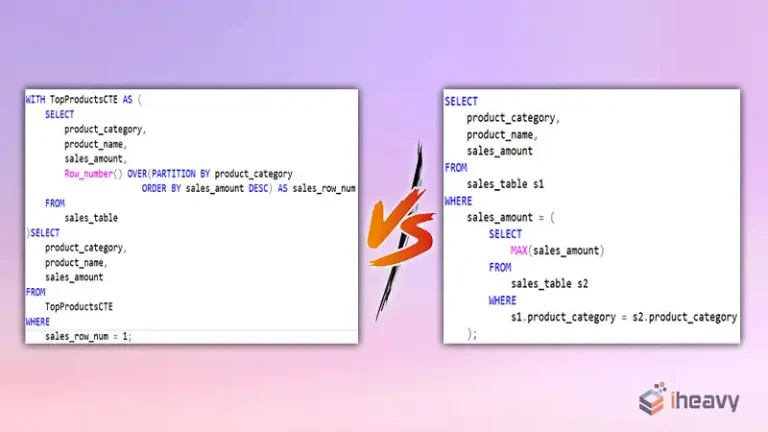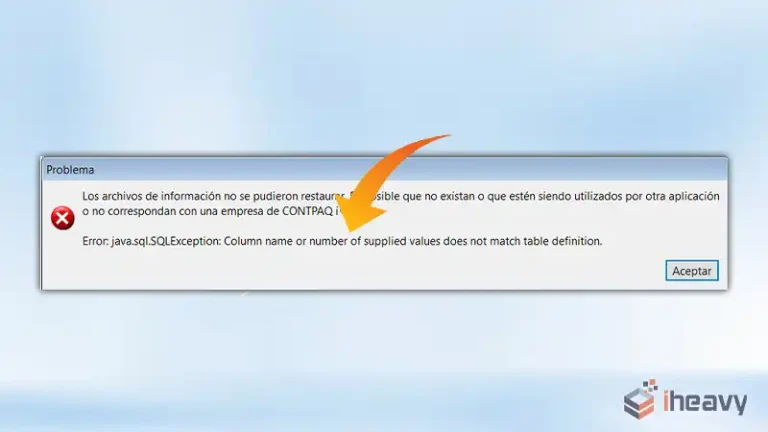How to Check and Drop a Unique Constraint Using Liquibase
Liquibase is a powerful tool for managing database schema changes. It allows developers to version control database changes and automate the deployment process. One common task in database management is handling constraints, such as unique constraints. This article will guide you through checking and dropping a unique constraint using Liquibase. Understanding Unique Constraints A unique…


